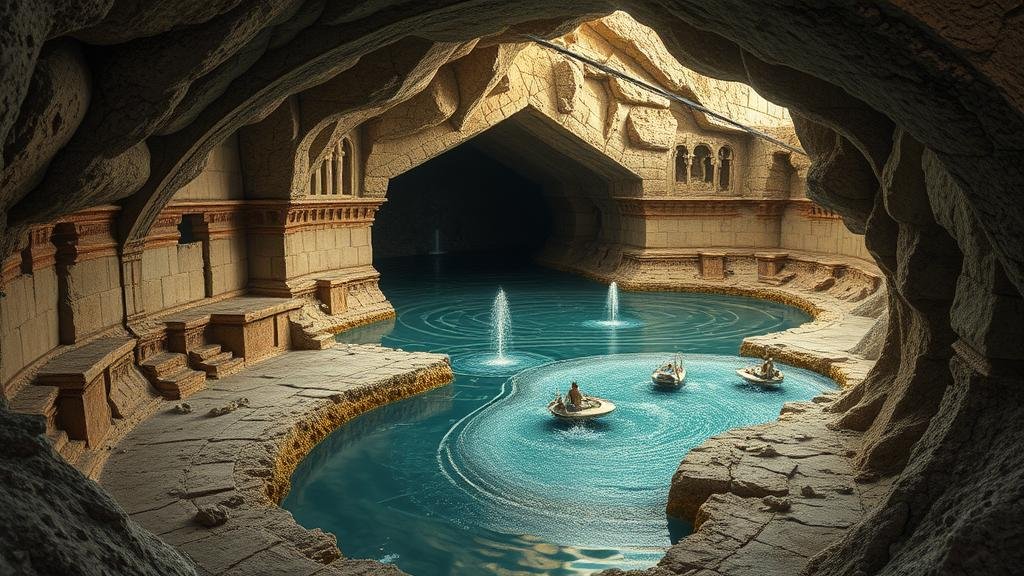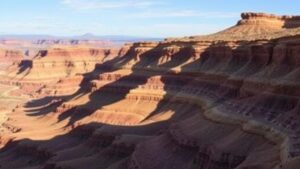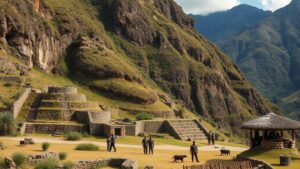Investigating the connection between ancient flood myths and submerged tunnel systems.
Investigating the Connection Between Ancient Flood Myths and Submerged Tunnel Systems
The connection between ancient flood myths and submerged tunnel systems is a fascinating topic that intertwines history, archaeology, and anthropology. Civilizations across the globe have recounted stories of monumental floods, which often evoke images of submerged landscapes and hidden structures. This article aims to explore the relationship between these ancient narratives and the physical evidence for tunnel systems that may exist beneath our feet.
Ancient Flood Myths: A Global Overview
Flood myths appear in the lore of diverse cultures, from the Biblical account of Noahs Ark to the Mesopotamian Epic of Gilgamesh. e myths typically share common themes:
- A great flood sent by deities.
- A chosen one or hero who survives the deluge.
- A subsequent repopulation of the earth.
For example, the Mesopotamian tale features Utnapishtim, who builds an ark to save his family and animals, reflecting the themes of survival amidst catastrophe that resonate in numerous cultures.
Historical Context of Flood Myths
Many historians argue that these myths may stem from significant historical events, possibly linked to natural disasters such as massive floods caused by climate change or sudden geological events. The flooding of the Black Sea around 5600 BCE is one example; rising sea levels may have led to inundated lands, influencing local populations and their storytelling traditions.
The Discovery of Submerged Tunnel Systems
Submerged tunnel systems, often found beneath ancient structures, provide a physical dimension to many flood myths. For example, the discovery of the Yonaguni Monument off the coast of Japan has led to heated debates regarding its origin, with some believing it to be remnants of a lost civilization submerged due to rising sea levels.
Also, the ancient city of Dwarka, located off the coast of Gujarat in India, is believed to have been submerged under the Arabian Sea. In 2000, marine archaeologists unearthed evidence of walls, roads, and pottery dating back to approximately 1500 BCE. This aligns with Krishna’s narratives about Dwarka’s eventual flooding.
Connecting the Dots: Myths and Archaeology
The interplay between ancient myths and archaeological findings suggests that these stories may not merely be figments of imagination but rather reflections of real events. The submerged structures may have served as a foundation for these narratives, leading to mythologizing of the traumatic experiences surrounding natural disasters.
Case Study: The Indus Valley Civilization
The Indus Valley Civilization, which flourished around 2600 to 1900 BCE, showcases this interplay. Archaeological findings indicate they faced periodic flooding, which could explain local myths of survival and cataclysm. Several sites, including Mohenjo-Daro, exhibit advanced drainage systems, hinting at knowledge of flood management.
Scientific Perspectives on Flood Myths
Researchers have used paleoclimatology to analyze sediment layers and ancient geological formations. They suggest that many civilizations experienced significant flooding due to abnormal weather patterns or glacial melting, reinforcing the validity of flood myths. A notable study revealed that a rise in sea levels by 1.5 meters around 8,000 years ago could have contributed to widespread inundation in coastal areas.
The Importance of Understanding These Connections
Understanding the connection between flood myths and submerged tunnel systems offers several benefits:
- Provides a deeper insight into human history and resilience.
- Encourages interdisciplinary collaborations among historians, archaeologists, and climate scientists.
- Promotes cultural preservation and acknowledgment of past experiences.
Actionable Takeaways
To further explore this topic, one can:
- Engage with local archaeological societies to learn more about ongoing research in your area.
- Read interdisciplinary studies blending geology, mythology, and archaeology to gain a nuanced perspective.
- Visit historical sites or museums that showcase ancient flood stories and submerged structures.
To wrap up, the investigation into the connection between ancient flood myths and submerged tunnel systems presents a rich tapestry of human experience, reminding us of our past and the natural worlds undeniable influence on civilization. The integration of mythological narratives with concrete archaeological evidence allows for a more profound comprehension of our history and its implications for the future.



